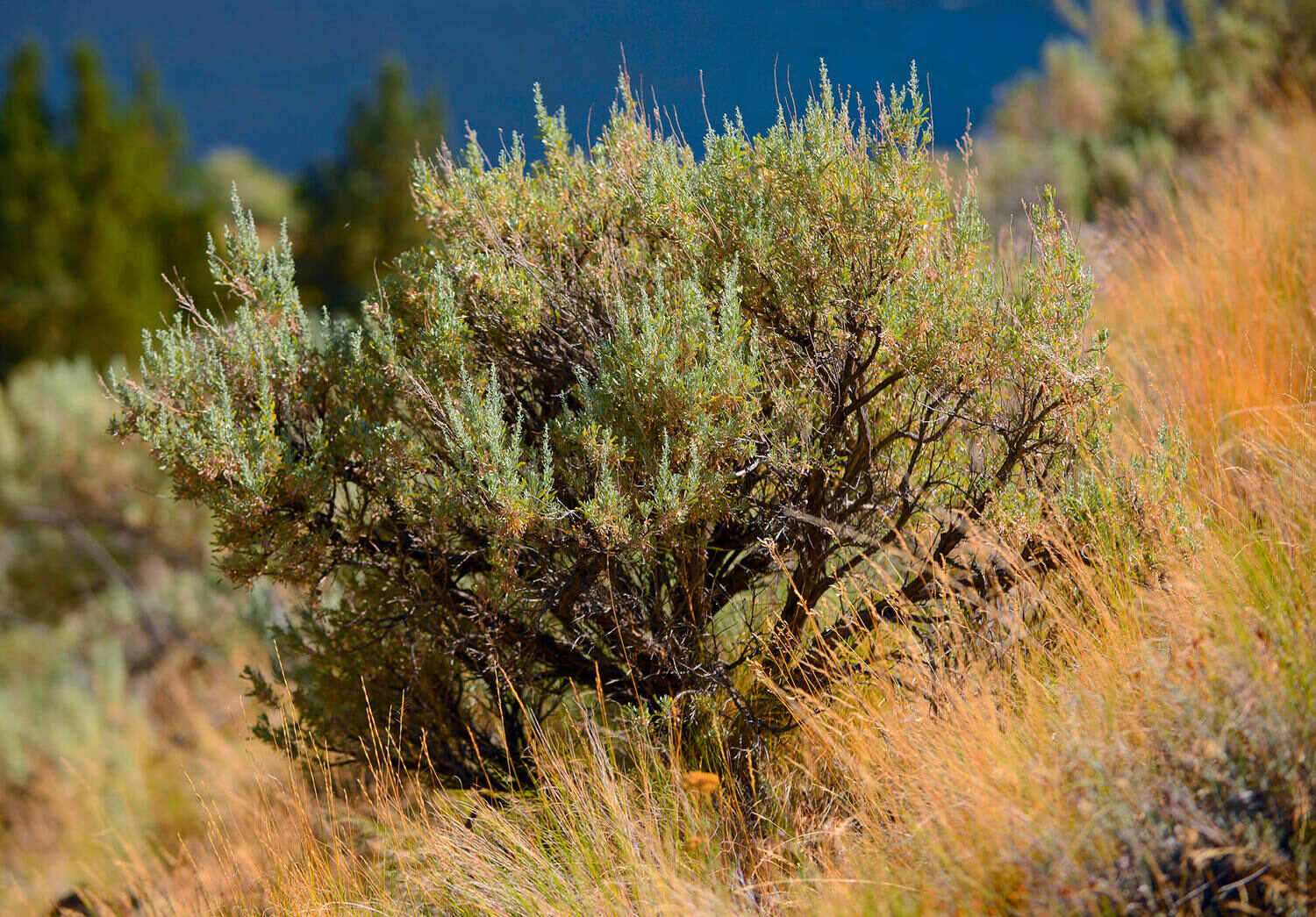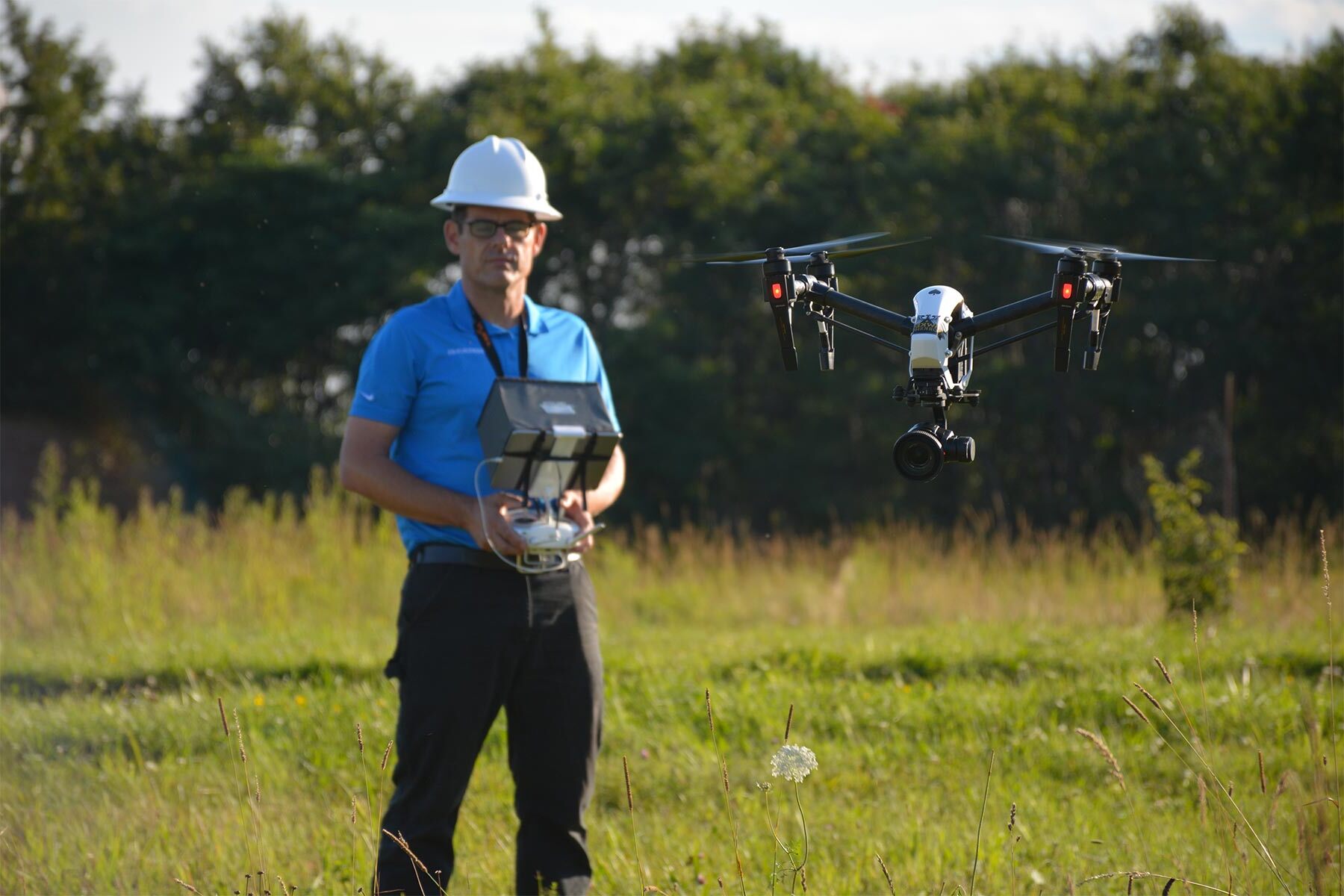
Sagebrush, also known as Artemisia tridentata, is a fascinating plant that holds a plethora of surprising facts. This hardy perennial shrub is commonly found in the arid regions of North America, particularly the Western United States. Despite its unassuming appearance, sagebrush has an incredible resilience that allows it to thrive in harsh desert conditions.
In this article, we will explore 18 unbelievable facts about sagebrush that will leave you amazed and intrigued. From its unique adaptability to its historical significance, sagebrush has a story that goes beyond its outward appearance. So, buckle up and prepare to dive into the fascinating world of sagebrush!
Key Takeaways:
- Sagebrush is a resilient shrub with a pungent aroma, used by Native Americans for ceremonies and wildlife for food. It’s a tough survivor in harsh environments, symbolizing resilience and protection.
- Sagebrush, with over 30 species, plays a crucial role in the ecosystem, attracting pollinators, preventing soil erosion, and indicating climate change. Its adaptability and beauty make it a remarkable plant.
Sagebrush is not actually a form of seaweed!
Contrary to popular belief, sagebrush is not a type of seaweed that grows in salty water. In fact, it is a woody shrub that belongs to the Artemisia genus.
Sagebrush can live for a surprisingly long time.
Some varieties of sagebrush have been known to live for over 150 years. They have an incredible ability to adapt to harsh conditions and thrive in arid environments.
Did you know that there are over 30 species of sagebrush?
With a diverse range of species, sagebrush can be found in various regions across North America, from deserts to mountain slopes.
Sagebrush plays a crucial role in the ecosystem.
These hardy shrubs provide habitat and food for a wide range of wildlife, including birds, insects, and small mammals.
Sagebrush has a distinct aroma.
When the leaves of sagebrush are crushed or rubbed, they release a pungent fragrance that is often described as earthy and herbal.
Native American tribes have long used sagebrush for ceremonial purposes.
The Native Americans have utilized sagebrush in various rituals and ceremonies for centuries, often believing it to possess purifying and healing properties.
Sagebrush is highly adapted to survive wildfires.
Despite being susceptible to wildfires, sagebrush has developed various strategies to withstand and recover from the destructive effects of these natural events.
Sagebrush can be used medicinally.
Some species of sagebrush have been traditionally used in herbal medicine for their anti-inflammatory and antimicrobial properties.
Sagebrush flowers attract pollinators.
During the blooming season, sagebrush produces clusters of small flowers that attract a variety of bees, butterflies, and other pollinators.
Sagebrush has deep cultural significance.
For many Native American tribes, sagebrush symbolizes resilience, protection, and spiritual connection with the earth.
Sagebrush can survive extreme temperatures.
From scorching hot summers to freezing cold winters, sagebrush has the remarkable ability to endure a wide range of temperature fluctuations.
Sagebrush has a unique way of conserving water.
The narrow, silver-gray leaves of sagebrush are coated with fine hairs that help reduce evaporation and conserve moisture in arid climates.
Sagebrush is an important source of food for wildlife.
Various animals, including mule deer and pronghorn, rely on sagebrush as a primary food source, particularly during the winter months.
Sagebrush has been used for culinary purposes.
Sagebrush leaves have been used as a seasoning ingredient in certain dishes, adding a distinct flavor to stews, soups, and roasted meats.
Sagebrush has natural insect-repelling properties.
The aromatic compounds found in sagebrush leaves act as a natural deterrent against insects, making it an effective pest control for gardens.
Sagebrush can help prevent soil erosion.
The extensive root system of sagebrush helps stabilize soil, preventing erosion and preserving the integrity of the ecosystem.
Sagebrush is an excellent indicator of changing climate conditions.
Scientists and researchers study the growth patterns and distribution of sagebrush to better understand and monitor the effects of climate change.
Sagebrush is not only beautiful but also tough.
With its delicate yellow flowers and silvery-green foliage, sagebrush adds natural beauty to the landscapes it inhabits, showcasing its resilience and adaptability.
These incredible and often surprising facts about sagebrush highlight the rich diversity and ecological importance of this unique shrub. From its ability to withstand wildfires to its cultural significance, sagebrush continues to amaze and inspire.
Conclusion
In conclusion, sagebrush is an incredible plant that possesses numerous fascinating qualities. From its ability to survive in harsh environments to its contribution to the ecosystem, sagebrush is truly a remarkable plant. Its rich history and cultural significance only add to its allure. Whether you’re a nature enthusiast, a hiker, or simply curious about the natural world, learning about sagebrush is sure to leave you in awe of its resilience and adaptability.So next time you come across sagebrush, take a moment to appreciate its unique beauty and the incredible role it plays in the environment. Its delicate fragrance, sage-like leaves, and robust presence make it a truly special plant worth admiring. Let’s continue to protect and cherish sagebrush for generations to come.
FAQs
1. What is sagebrush?
Sagebrush is a shrub that belongs to the Artemisia family. It is known for its gray-green leaves and its strong, distinct aroma similar to that of sage.
2. Where is sagebrush typically found?
Sagebrush is commonly found in the arid and semiarid regions of North America, particularly in the western United States and Canada.
3. Is sagebrush important to the ecosystem?
Yes, sagebrush plays a vital role in the ecosystem. It provides food and shelter for numerous wildlife species, including birds, insects, and small mammals.
4. Can sagebrush survive in harsh environments?
Yes, sagebrush is highly adaptable and can thrive in harsh, arid conditions. Its extensive root system allows it to withstand drought and extreme temperatures.
5. What is the cultural significance of sagebrush?
Sagebrush holds significant cultural and historical importance to Native American tribes. It has been used for medicinal and ceremonial purposes for centuries.
6. Can sagebrush be used for medicinal purposes?
Yes, sagebrush has been used in traditional medicine for its anti-inflammatory and antibacterial properties. However, it is important to consult with a healthcare professional before using it for any medicinal purposes.
7. Can sagebrush be grown in gardens?
Yes, sagebrush can be grown in gardens with the right conditions. It prefers well-drained soil and full sun exposure. However, it is essential to check if it is legal to grow sagebrush in your area, as some species are protected.
8. How long does sagebrush typically live?
Sagebrush can live up to several decades, with some individuals reaching over a hundred years old in ideal conditions.
9. Does sagebrush have any unique adaptations?
Yes, sagebrush has several unique adaptations. Its leaves are covered in fine hairs that help reduce water loss, and its strong aroma helps deter herbivores.
10. Is sagebrush an endangered species?
Some species of sagebrush are considered threatened or endangered due to habitat loss and human activities. It is crucial to protect and preserve sagebrush ecosystems to ensure the survival of these species.
Sagebrush's incredible adaptability, rich history, and medicinal properties make this unique plant truly fascinating. If you enjoyed learning about sagebrush, why not explore the world of the sagebrush lizard, a reptile that calls this plant home? Or, if you're interested in state symbols, discover the beauty and significance of Nevada's state flower. Both topics offer captivating insights into the natural world and the ways in which plants and animals are intertwined.
Was this page helpful?
Our commitment to delivering trustworthy and engaging content is at the heart of what we do. Each fact on our site is contributed by real users like you, bringing a wealth of diverse insights and information. To ensure the highest standards of accuracy and reliability, our dedicated editors meticulously review each submission. This process guarantees that the facts we share are not only fascinating but also credible. Trust in our commitment to quality and authenticity as you explore and learn with us.


